- All
- Product Management
- News
- Introduction
- Enterprise outlets
- FAQ
- Enterprise Video
- Enterprise Atlas
Gastroesophageal reflux and probiotics and their microecological preparations
Gastroesophageal reflux disease is a common digestive system disease characterized clinically by the reflux of gastric contents into the esophagus, oropharynx, or lungs, causing discomfort symptoms and/or complications. It is characterized by recurrent episodes, a long course, and difficulty in curing.[1]Patients undergoing gastroscopy may show esophageal mucosal damage, with main clinical manifestations including acid regurgitation, heartburn, reflux, swallowing discomfort or pain, which have many negative impacts on physical and mental health and daily life.
Gastroesophageal reflux disease is more common in middle-aged and elderly populations, as well as in high-risk groups such as the obese, smokers, heavy drinkers, and those under significant mental stress.[2]The main pathogenic mechanisms include[3]:
(1) Reflux material irritating the esophageal mucosa;
(2) Reduced ability of the esophagus to clear reflux material;
(3) Diminished anti-reflux mechanisms of the esophagus, etc.

Currently, clinical treatment mainly involves acid suppression, mucosal protectants, and prokinetic agents. However, medications have not been able to completely correct the relaxation of the lower esophageal sphincter, and reflux still occurs to varying degrees. Clinical symptoms are drug-dependent, and relapse is easy after discontinuation, placing a burden on patients both physically and economically. Therefore, it is urgent to find and develop a new method that can reduce mucosal damage, balance gastric acid secretion, alleviate symptoms such as heartburn and acid reflux, with higher safety and fewer side effects.
Probiotics are a type of active microorganisms beneficial to health, which can restore intestinal ecological balance and help form the gastrointestinal mucosal barrier, mainly including bifidobacteria, lactic acid bacteria, etc., and are now widely used.

Weizmannia coagulans, also known as Bacillus coagulans, not only has the same beneficial effects as traditional lactic acid bacteria but also generally exists in spore form, remaining dormant under normal conditions and not engaging in metabolic or other physiological activities. Therefore, it has strong resistance, high-temperature tolerance, and easy storage, making it suitable for various processing environments and widely used in the health and food industries.
The research team of Tianjin Chuangyuan Biotechnology Co., Ltd. has applied for and obtained a relevant invention patent based on the shortcomings of existing technologies, utilizing independently developed fermentation technology.
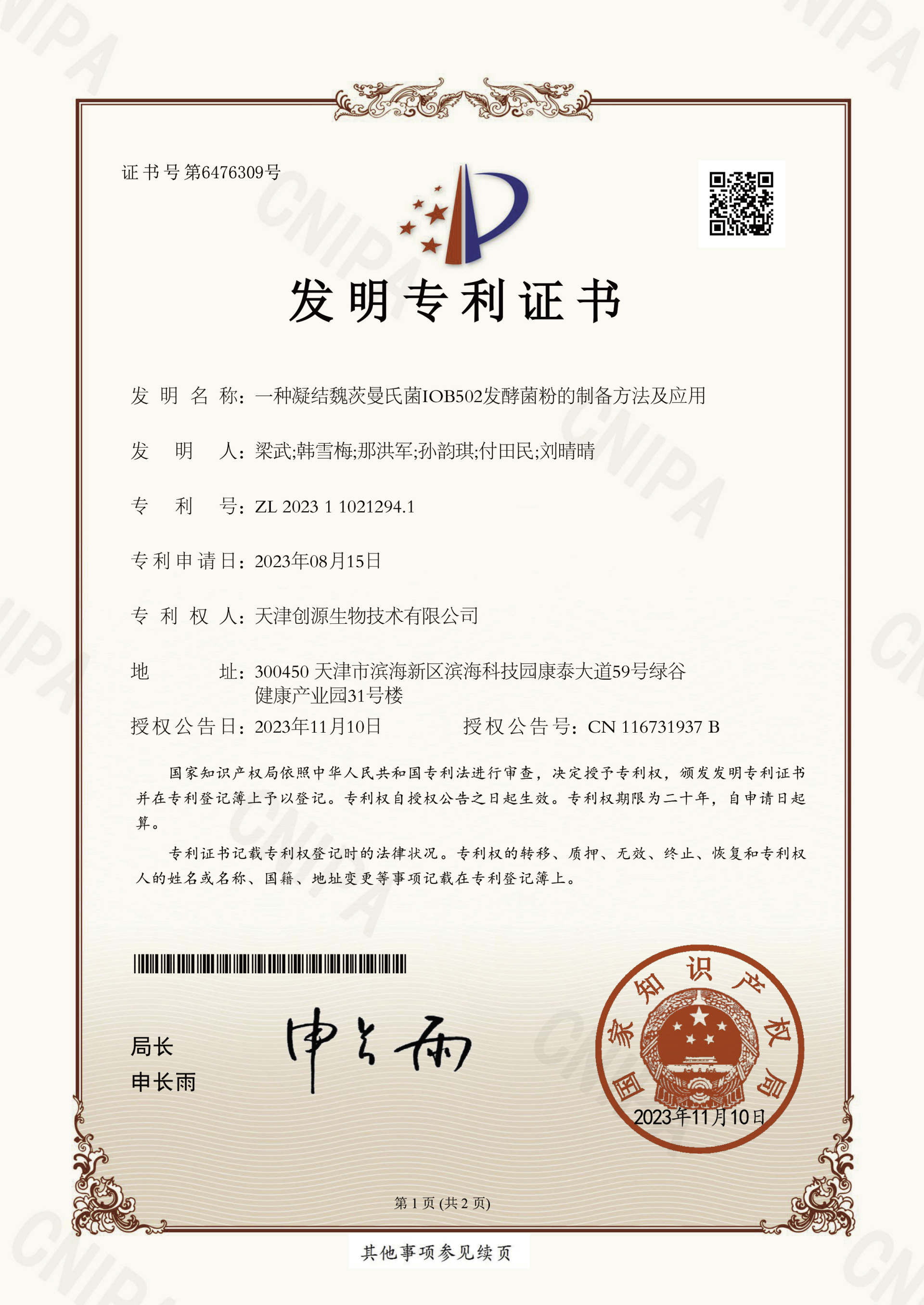
This invention provides a preparation method for Weizmannia coagulans IOB502 fermentation powder, and the powder preparation obtained by this method will undergo relevant animal experimental functional verification.
1. Acid and bile salt tolerance experiments of Weizmannia coagulans IOB502 powder.

Table 1: Tolerance of Weizmannia coagulans IOB502 to acid.
 Table 2: Tolerance of Weizmannia coagulans IOB502 to bile salts.
Table 2: Tolerance of Weizmannia coagulans IOB502 to bile salts.
From the results of Tables 1 and 2, it can be seen that the Weizmannia coagulans IOB502 prepared by this method has strong tolerance to acid and bile salts.
2. Animal verification experiment - changes in rat body weight.
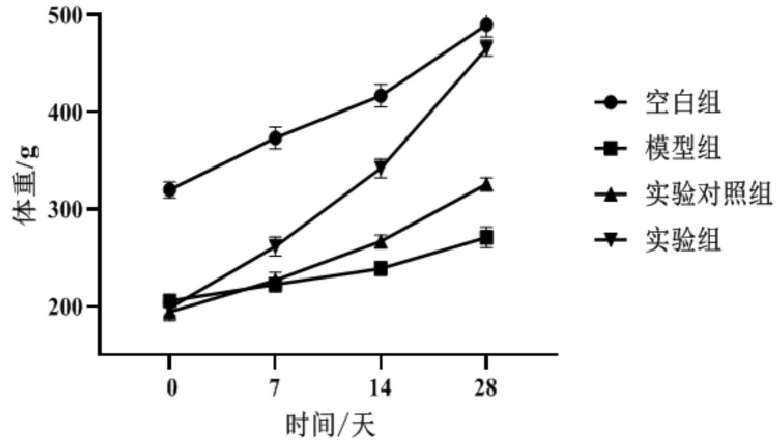
Figure 1: Changes in rat body weight.
During the experiment, the mortality rate of rats was zero, and the body weight of rats in each group increased during the experiment. As shown in Figure 1, compared to the model group, the body weight of rats with gastroesophageal reflux disease significantly increased after intervention with Weizmannia coagulans IOB502 powder.
3. Animal verification experiment - changes in pH value of rat esophageal tissue.
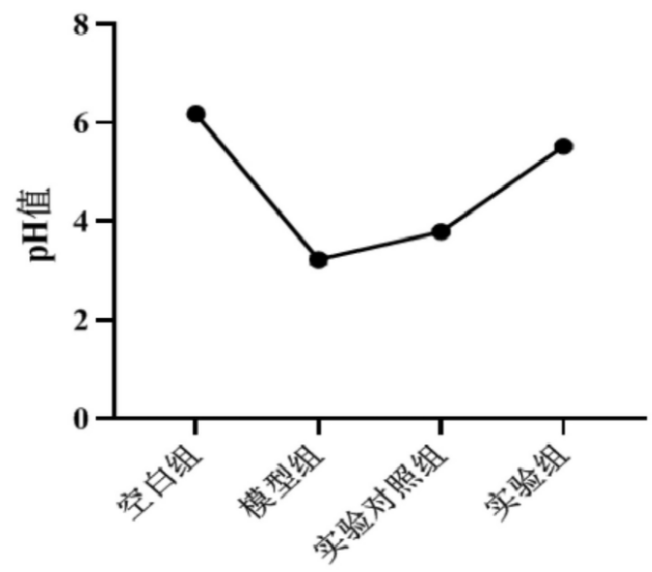
Figure 2: Changes in pH value of rat esophageal tissue.
As shown in Figure 2, comparing the changes in pH value of esophageal tissue among different groups of rats, it was found that after gastric administration of Weizmannia coagulans IOB502 powder, the pH value of rat esophageal tissue significantly increased compared to the model group.
4. Animal verification experiment - changes in expression levels of inflammatory factors IL-17 and IL-8 in rat esophageal tissue.
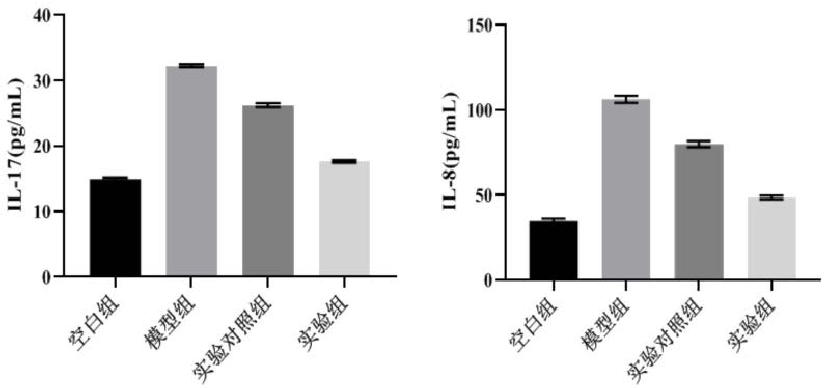
Figure 3: Changes in expression levels of inflammatory factors IL-17 and IL-8 in rat esophageal tissue.
As shown in Figure 3, comparing the changes in expression levels of inflammatory factors IL-17 and IL-8 in rat esophageal tissue among different groups, it was found that after gastric administration of Weizmannia coagulans IOB502 powder, the expression levels of inflammatory factors IL-17 and IL-8 in rat esophageal tissue significantly decreased compared to the model group.
5. Animal verification experiment - changes in plasma gastrin levels in rats.
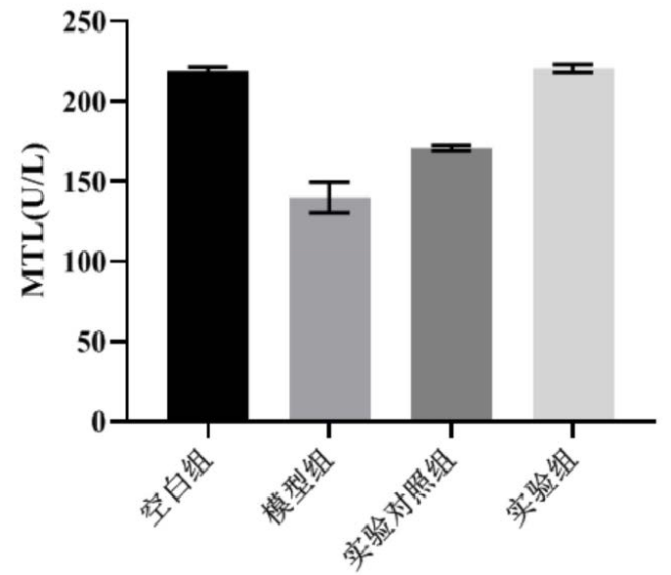
Figure 4: Changes in plasma gastrin levels in rats.
As shown in Figure 4, comparing the changes in plasma gastrin levels among different groups of rats, it was found that after intervention with Weizmannia coagulans IOB502 powder, the plasma gastrin levels in rats increased by 67.62%, which was basically consistent with the levels in the blank group.
In summary, this invention mainly studies Weizmannia coagulans IOB502 in balancing gastric acid secretion and the impact of gastroesophageal reflux on mucosal damage.
The Weizmannia coagulans IOB502 powder and its preparations obtained according to the method described in this invention patent, as well as the functional verification of this powder and its preparations, provide certain evidence for the auxiliary treatment of gastroesophageal reflux disease.

Previous Page
Next Page
Previous Page
Next Page
Related News


